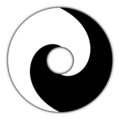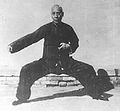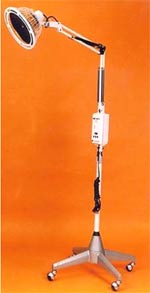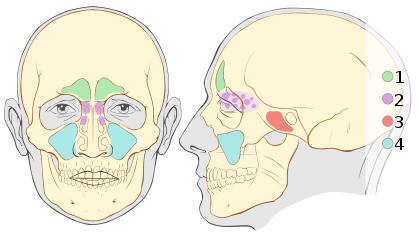The sexual prowess of internal martial art masters is legendary. I was told by one of my teachers that his teacher (in his 80s) was still enjoying regular relations.
I often wondered what could be the explanation for this? According to traditional chinese medicine (TCM), correct tai chi practice exercises the “kidney/liver” system. In TCM, kidney/liver does not mean only the physical organs. The kidney/liver system refers to a whole complex of spiritual, emotional, physical and other factors. The kidneys are related to life force and strong kidneys means strong libido, strength and creativity to be successful in the world.
However, I stumbled upon some research that offers a more tangible explanation for why tai chi could have these miraculous effects. Keep in mind that good and correct tai chi instruction is really hard to find. The millions of old people practicing in the park are largely doing it incorrectly!! Hard to believe but true. The real stuff has been watered down and popularized for the masses.
Most of the old people practicing in the park are doing it wrong and not getting benefits over fresh air, sunlight and walking. This is why tai chi practice does not appeal to young people and most non-chinese people.
If word got out about the side effects of correct tai chi practice, then everybody would do it and older people would be become vibrant and youthful.
Anyway, this study and many many others are saying that simple pelvic floor exercises can restore proper functioning to men provided they aren’t too far gone already (severe heart disease or heavy drinkers).
When tai chi is practiced correctly, it’s like an intense pelvic floor exercise. When the body is positioned correctly and relaxed the legs form a “bow” which results in the pelvic floor lifting and supporting the body. As one moves through the form, the pelvic area and legs get a thorough work out. It takes about 10 minutes to do the entire long form. Practiced up to 10 times per day, it’s 100 minutes of kegels and pelvic floor exercise each day!
If you are a tai chi student and do not feel this or your practice feels weak, seek out some new instruction. Traditional chen family style with a good lineage is a great place to start.






